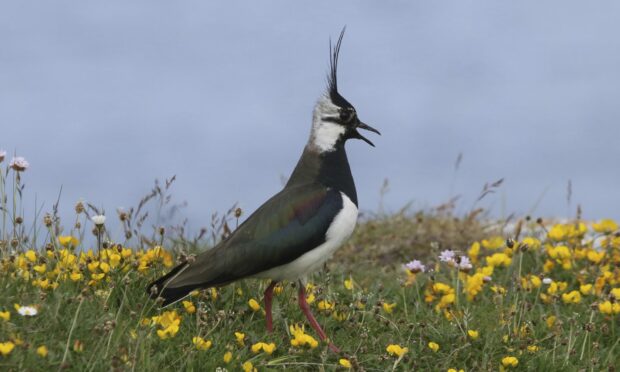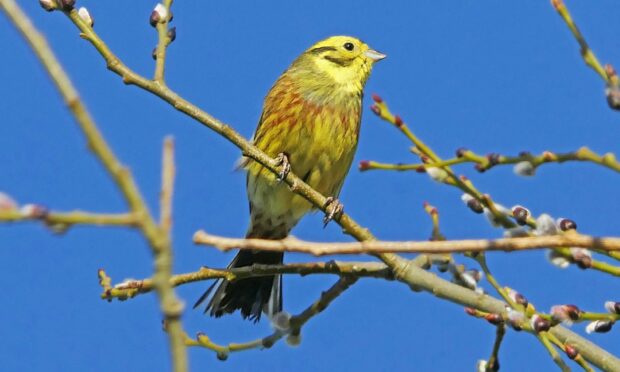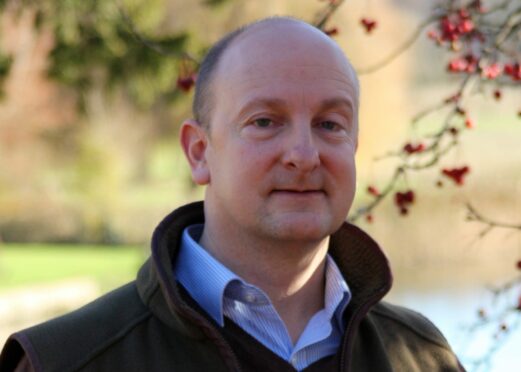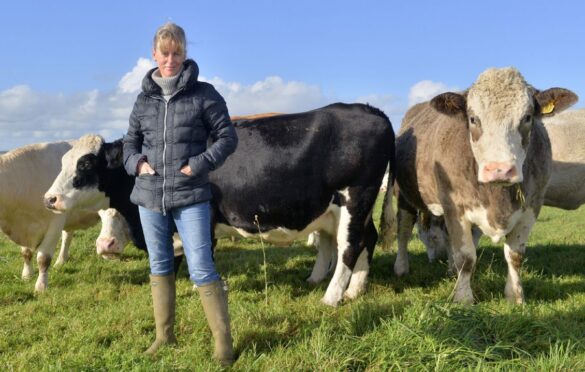Scottish farmers and land managers have been asked to spend 30 minutes to doing a spot of bird watching in February as part of the Big Farmland Bird Count.
The annual event, which is taking place between February 4-20, is organised by the Game and Wildlife Conservation Trust (GWCT) as a way of highlighting the work being done on the land to help reverse the decline of many bird species.
To take part, all farmers need to do is download a count sheet from bfbc.org.uk and spend 30 minutes counting birds on one spot on farm, plus a few minutes inputting results via the website.
Event organiser, Dr Roger Draycott said: “Farmers and gamekeepers are vital in helping to ensure the survival of many of our cherished farmland bird species such as skylark, yellowhammer, corn buntings and wild grey partridges.
“They are responsible for managing the largest songbird habitat in this country on their land, so they are in a position to make a real difference.”
The count, which gives a national snapshot of the health of the UK’s birdlife, has taken place every year since 2014.
Around 2,500 counts were completed in 2021, and the area covered 2.5 million acres of Scotland, England, Wales and Northern Ireland, up from 1.4million acres the previous year .
Dr Draycott said modern farming methods mean there is often not enough natural food for wildlife in late winter and early spring.
He added: “One of the best ways to support wild and game birds is to provide extra winter seed food. Supplementary feeding is particularly beneficial for birds of conservation concern like grey partridge, yellowhammer and corn bunting.”
The use of conservation headlands – wide field margins where little or no pesticides are used – is also beneficial to farmland birds
The National Farmers’ Union (NFU) is sponsoring the count, and it is being supported by other farmers’ unions as well as the National Sheep Association, the Farming and Wildlife Advisory Group and LEAF.
NFU president Minette Batters, said farmers and growers from across the country had responded to the count in record numbers.
“Not only are farmers producing climate-friendly food, they are also maintaining and protecting the great British countryside, creating habitats for wildlife and additional feeding for farmland birds,” she said
“I encourage all farmers to get involved in the 2022 GWCT Big Farmland Bird Count.”
Guides to counting and identifying birds, biodiversity-boosting tips, and more details on taking part are all available on the website.
Participants are encouraged to share photos or videos of themselves counting on social media using #bfbc.



